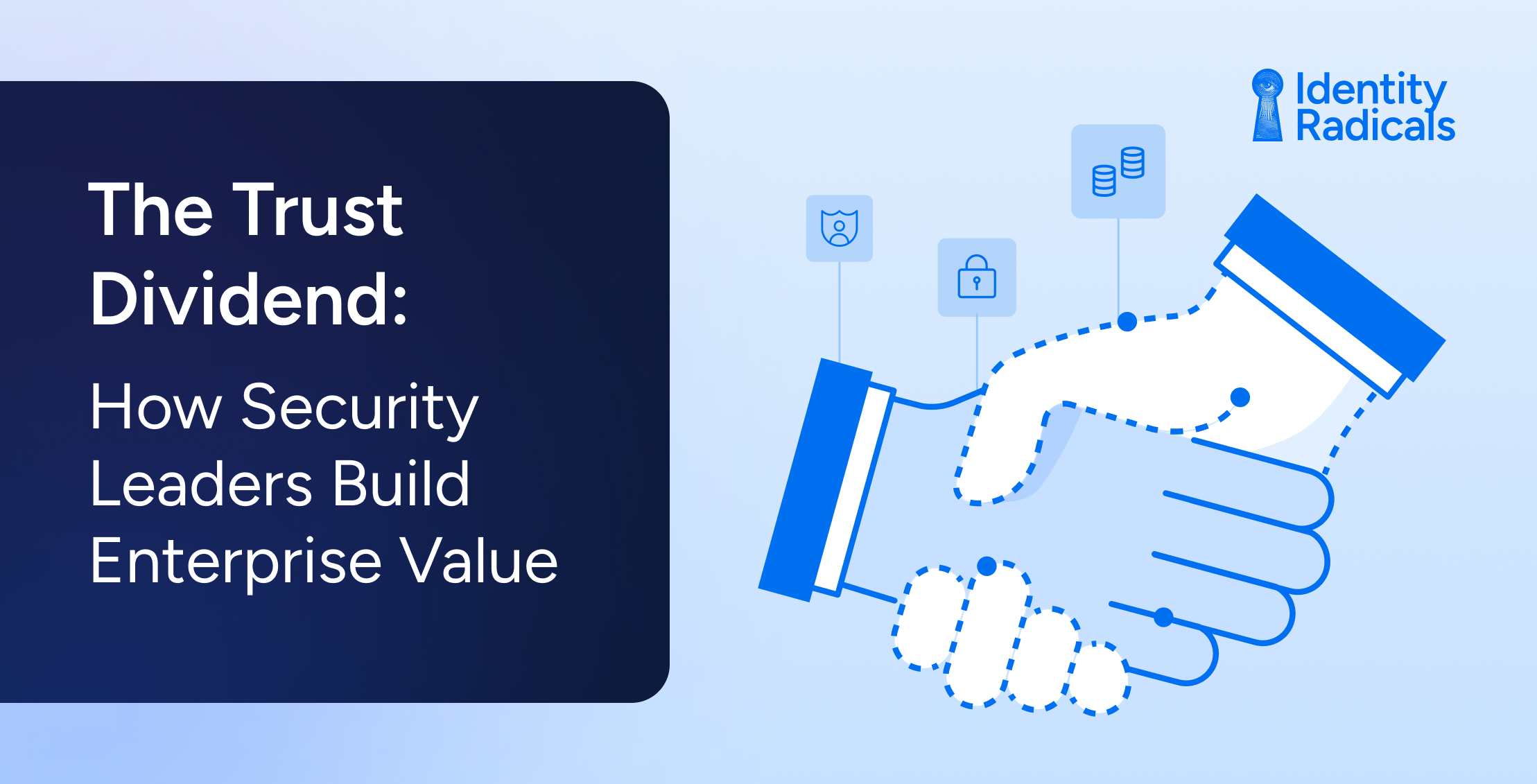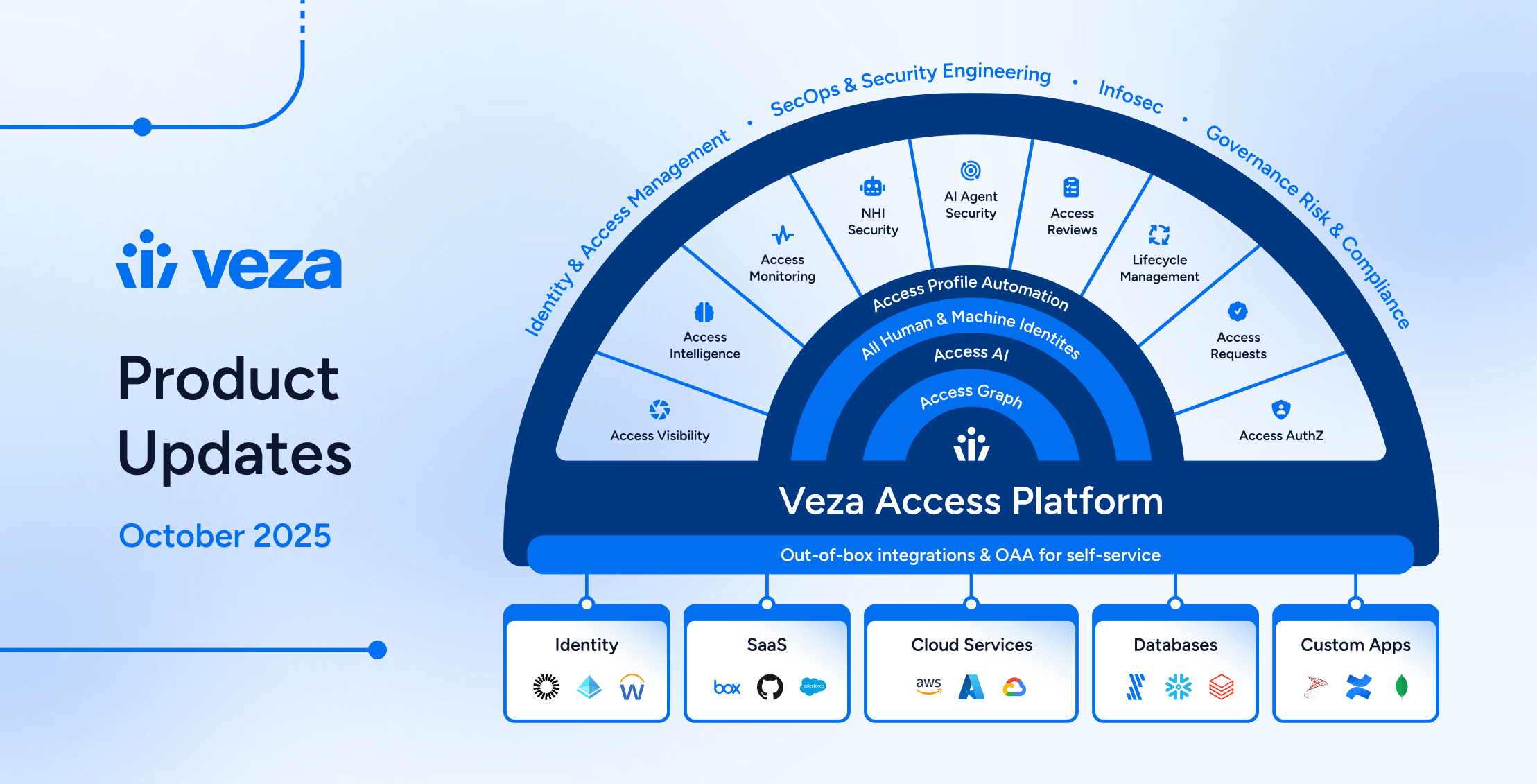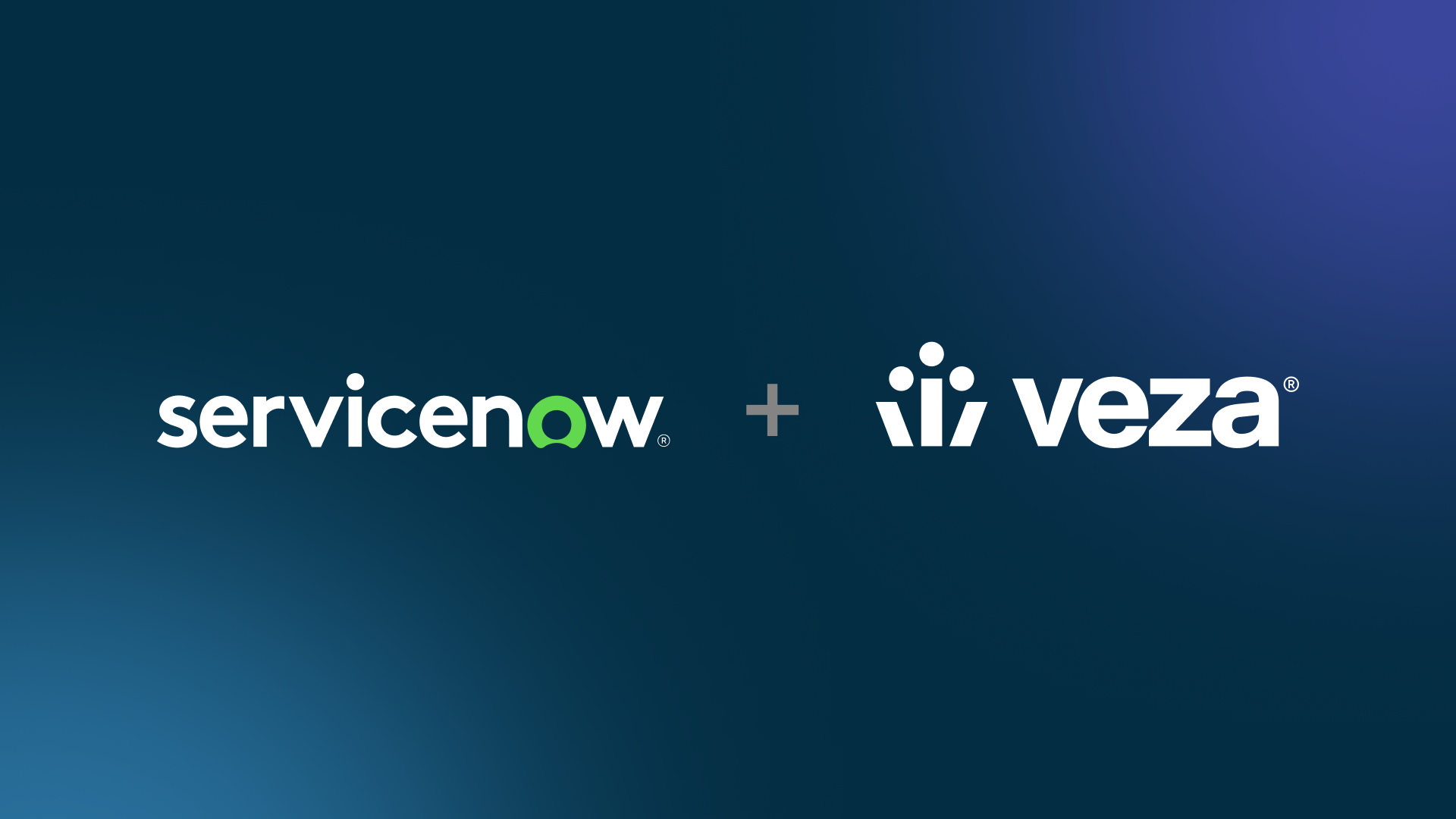
Twenty years ago, we taught our children and advised friends and family never to get into cars with strangers. It was a universal truth, a fundamental safety rule passed down through generations. Today, millions of us summon strangers to our exact location and climb into their vehicles without hesitation; all because an app says it’s okay.
We now strap devices to our wrists that monitor our heart rate, breathing patterns, and sleep cycles 24/7. We share this intimate biometric data—information that previous generations would have guarded as zealously as their medical records, with technology companies and app developers. The same people who once hesitated to share their weight with their doctor now broadcast their vitals to the cloud without a second thought.
This transformation reveals the extraordinary power of digital trust architecture. Neither Uber, Lyft, nor Fitbit eliminated inherent risks – stranger danger remains real, and health data is still deeply personal. Instead, they built trust systems so robust that they overwrote centuries of social conditioning and privacy instincts. Identity verification, encryption, transparent data usage policies, and clear value exchange transformed unthinkable behaviors into daily routines.
As security and technology leaders, this is our blueprint and our challenge: building trust architectures that enable transformation while protecting all stakeholders. My evolution from various technology leadership roles to CISO to Chief Security & Trust Officer reflects this imperative—we’re not just defending against threats, we’re architecting the trust that makes digital transformation possible.
The Psychology of Digital Trust
The ride-sharing and health-tracking revolutions teach us that trust isn’t just a technical outcome—it’s a psychological transformation. Users don’t read security whitepapers before entering an Uber or syncing their heart rate data. They rely on trust signals: the driver’s photo matches, the health app has millions of users, friends share their fitness achievements, and companies respond transparently to data concerns.
This psychological shift is profound. In healthcare settings, patients who once jealously guarded medical information now actively share biometric data because they perceive value: better health insights, early warning systems, and community support. The trust architecture makes the value exchange visible and worthwhile.
Early in my security leadership career, I believed that robust security automatically created trust. I was wrong. Security is necessary but insufficient. Trust requires something more; it requires transparency, accountability, and user empowerment that makes people feel as safe sharing their heartbeat rate as they do hailing a ride through an app.
The New Mandate: From Guardian to Trust Architect
Digital trust has become the invisible foundation enabling behaviors that would have been impossible a generation ago. We don’t just shop online—we share financial data with retailers. We don’t just use cloud services; we store our most sensitive information with providers we’ve never met. Each interaction is an act of faith in digital trust architecture.
As I’ve written before, digital trust represents “individuals’ expectation that digital technologies and services—and the organizations providing them—will protect all stakeholders’ interests and uphold societal expectations and values.”
This isn’t a technical concern relegated to security teams. It’s a business imperative that determines whether organizations can innovate at the speed of trust or remain constrained by the speed of fear.
From Security Theater to Trust Performance
The shift from traditional security to trust architecture requires fundamental changes:
Making the Invisible Visible
Just as ride-sharing apps show real-time location and driver details, modern security must make trust visible. Leaders will create “Trust Dashboards” that show stakeholders not just that their data was secure, but how and why. Transparency transforms security from a mysterious black box to a confidence-building capability.
Embedding Trust Signals Throughout the Journey
Uber doesn’t just verify drivers once—trust signals appear throughout the ride. Similarly, digital trust can’t be a one-time authentication. Impactful digital transformation programs will embed trust indicators at every touchpoint: clear data usage notices, visible security badges, and real-time privacy controls.
Creating Accountability Loops
The rating system that makes ride-sharing work is mutual—drivers and passengers rate each other. This bidirectional accountability creates trust. In enterprise settings, this means security teams must be as accountable to users as users are to security policies. When product development centers on user experience rather than enforcement, security adoption transforms—users will become champions of security practices they helped shape rather than subjects of policies imposed upon them.
The Trust Dividend: Beyond Risk Reduction
Organizations that master trust architecture generate what I call the “Trust Dividend”—value creation that transcends traditional security ROI:
1. Behavioral Transformation at Scale
Just as ride-sharing changed transportation and fitness trackers revolutionized personal health monitoring, trust architecture enables enterprise-wide transformation. When employees trust security systems, shadow IT erodes. When patients trust health data platforms, treatment adherence improves. When customers understand the value exchange of data sharing—whether it’s convenience or health insights—engagement deepens exponentially.
Leading life sciences organizations see this firsthand when implementing digital health initiatives. Patients who initially resisted sharing clinical trial data became enthusiastic participants once we made the trust architecture visible: clear data usage boundaries, real-time access to their own information, and transparent reporting on how their data advanced research. Trust transformed reluctance into partnership.
2. Innovation Velocity
High-trust environments innovate faster. Teams experiment freely within trust boundaries rather than avoiding risk entirely. A trust-based approach to clinical trial data will enable research collaborations that traditional security models would have blocked, accelerating drug discovery by months.
3. Market Premium for Trust
Companies recognized for trust leadership command premium valuations. During due diligence in acquisition prospecting, trust architectures can add tangible enterprise value. Investors understand that in a digital economy, trust is as valuable as intellectual property.
4. Resilience Through Trust Reserves
When incidents occur, organizations with strong trust architecture recover faster. Stakeholders extend grace because they understand the incident within a context of demonstrated trustworthiness. I’ve seen trust-rich organizations bounce back from breaches that would destroy trust-poor competitors.
This resilience is deeply intertwined with the ability to provide sustainable and dependable services—services that can always be relied upon. The consistent availability and reliability of digital systems are fundamental trust builders, signaling stability and competence, and reinforcing stakeholder confidence even when challenges arise.
Operationalizing Trust: From Concept to Capability
Building trust architecture requires specific operational elements:
Design for Human Psychology, Not Just Technical Security
Security must work the way humans think, not the way engineers design. This means:
- Visual trust indicators users intuitively understand (like the heart icon on health apps that shows data is encrypted)
- Clear value exchange—users understand what they gain from sharing sensitive data
- Friction that feels protective, not punitive
- Progressive trust building—start with less sensitive data, earn permission for more
Create Trust Through Radical Transparency
Like ride-sharing apps showing your route to friends, or fitness apps showing exactly how your health data improves personalized insights, organizations must make security transparent:
- Show users how their data is used and protected
- Publish security postures and data handling practices
- Share aggregate insights that demonstrate collective benefit
- Acknowledge challenges alongside successes
Enable User Agency
People trust systems they can influence. Give users meaningful control:
- Granular privacy settings they can adjust
- Clear opt-in/opt-out mechanisms
- Visible impact of their security actions
Build Mutual Accountability
Transform security from enforcement to partnership:
- Security teams accountable for user experience
- Users accountable for security outcomes
- Shared metrics that reflect mutual success
Leadership in the Trust Economy
Today’s security leaders face a choice: remain technical guardians focused on risk, or evolve into trust architects enabling transformation. The path forward requires:
Speaking the Language of Value
Stop discussing vulnerabilities and start discussing possibilities. When presenting to boards, why not spend just as much time on trust-enabled opportunities and business resilience as on risk mitigation? Frame security investments as trust infrastructure that enables digital innovation and ensures the continuous availability and dependability of critical services.
Emphasize that trust is not only built on protection and transparency, but also on the unwavering ability to deliver. Boards and executive leaders respond powerfully to discussions around ensuring business continuity and the sustainable operation of their enterprise, framing trust as an essential component of overall organizational resilience.
Building Coalition Beyond the Techies
Trust architecture requires allies across the organization. Partner with:
- Marketing to communicate trust transparently
- Product to embed trust signals in user experience
- Legal to ensure trust promises match delivery
- HR to build trust-centric culture
Measuring What Matters
Traditional security metrics (patches applied, incidents blocked) miss the point. Measure trust outcomes:
- User confidence scores
- Speed of digital adoption
- Partner integration velocity
- Customer lifetime value correlation with trust indicators
The Transformation Imperative
The ride-sharing analogy reveals a profound truth: when trust architecture is strong enough, it can override centuries of learned behavior. This same principle applies to every digital transformation challenge we face.
Employees resist new systems not because they’re technophobic but because trust architecture is weak. Customers abandon digital channels not because they prefer analog but because trust signals are absent. Partners hesitate to integrate not because of technical barriers but because of trust gaps.
As AI, IoT, and quantum computing reshape the possible, trust architecture becomes even more critical. These technologies will demand behavioral changes that make ride-sharing and health monitoring seem trivial. Success belongs to leaders who build trust strong enough to enable these leaps.
Looking Forward: Architect Trust, Enable Transformation
Twenty years from now, what routine behaviors will we marvel at, enabled by today’s trust architecture? What transformations await organizations brave enough to build trust systematically?
Today we share our location with strangers and our heartbeats with apps. Tomorrow, trust architecture might enable us to share genetic data for personalized medicine, behavioral patterns for mental health support, or neural interfaces for enhanced cognition. These possibilities become realities only when trust architecture is strong enough to overcome legitimate concerns.
Our legacy as security and technology leaders won’t be measured in threats prevented or compliance achieved. It will be measured in transformations enabled, behaviors changed, and value created through trust.
The trust dividend awaits those who evolve from guardians to architects. Just as ride-sharing platforms transformed urban transportation and health trackers revolutionized personal wellness by architecting trust, we can transform entire industries by making the impossible feel inevitable through trust.
The blueprint exists. The opportunity is clear. The only question is whether we’ll remain defenders of the status quo or become architects of transformation.
Let’s lead the way in building the trust architecture that enables tomorrow’s unthinkable to become routine.
Final Thoughts: Architecting Trust That Creates Value
Trust isn’t a checkbox; it’s a competitive advantage. To thrive, security leaders must go beyond defense and build transparent, accountable systems that earn stakeholder confidence.
Start Here: Not sure what that looks like? Watch our executive webinar — Identity is the New Battleground — where Veza’s Chief Trust Officer, Michael Towers, and industry experts share a blueprint for building identity trust into your security architecture.
Learn Deeper: Ready to explore the principle behind least-privilege and just-in-time access? Download the eBook Modernizing Identity with Just‑in‑Time Access, featuring insights from Veza’s co-founder and industry leaders on applying trust-oriented governance at scale
Take Action: When you’re ready to see it in practice, schedule a personalized demo to experience how Veza operationalizes trust through real-time access intelligence, governance, and control at enterprise scale.






